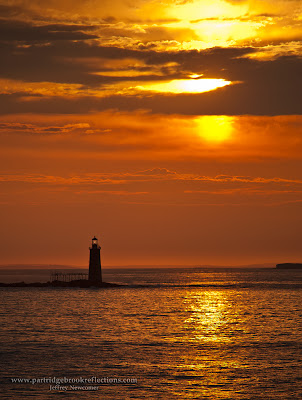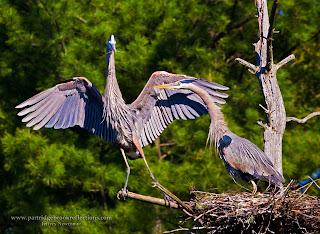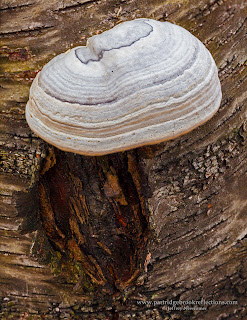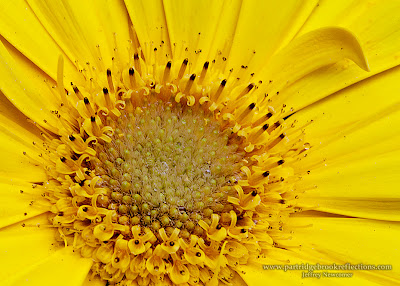This is one those weeks when I find myself desperate for a topic for the weekly blog. Actually that is true of most weeks. It is a mystery how every week something, no matter how lame, seems to come up. Of course I do try to keep a few topics in reserve for emergencies. Some have been in reserve for a long time and eventually, they scream to be let loose. So this week it is time to open the emergency file and let one of my children fly free.
Actually it is hard to believe that I have held on to this one for so
 |
| Espanol Mockingbird |
 |
| Galapagos Route |
 |
| Nazca Booby in Flight |
 |
| Sea Lions on the Benches |
We landed at the little airport on small island of Baltra. While waiting to get ferried to our ship, we got our first experience with the native animal’s total disregard for human activity, when we discovered that the benches were all occupied by lounging Sea Lions. Our ship was the National Geographic Endeavor, a sturdy 296 foot expedition boat that spent its earlier life exploring around the Polar Regions. The Tour was run through Lindblad Cruises.
|  |
| National Geographic Endeavor, Zodiacs were our primary mode of transportation |
Our trip was a designated photography tour which meant that there were more than the usual number of photographic guides and the
 |
| Dawn Patrol |
North Seymour Island
But enough travel log. I want to talk about the animals. On our first day, we got settled quickly and had time to spend a few hours
 |
| Blue Footed Booby Dance |
 |
| Frigatebird on the Make |
 |
| North Seymour Sunset |
Blue Footed Booby Dance Video (You Tube)
Espanola
 |
| Cliffs of Espanola |
The Galapagos Islands sit above colliding tectonic plates and are
 |
| Waved Albatross |
 |
| Albatross Chick in the Nest |
 |
| Immature Nazca Booby, Espanola |
learn fly by leaping off the precipice, facing success or oblivion. Strolling along the cliffs we had the opportunity to study Albatross and Nazca Booby nests. While the mature birds were out fishing we were able to comfortably approach within a couple of feet of immature birds still in the nest. Espanola is also home to unique species of, red colored marine iguana and Hood Mockingbirds. In the afternoon we visited another part of the island with an entirely different feel. Gardner Bay is one of the few
 |
| Espanola Marine Iguana |
 |
| Gardner Bay |
Sea Lion Video Montage (You Tube)
After the first couple of days days we were all thrilled and exhausted. It is such a privilege to have the opportunity to explore the Galapagos that I didn't want to waste a moment and from dawn to dusk the expedition guides provided a continuous flow of activities to keep us moving. In addition to our tours on land we generally had one or two chances
 |
| Green Sea Turtle |
 |
| Sally Lightfoot Crabs |
 |
| Black Necked Stilt |
Our third day was spent at the southern island of Floreana. After a morning snorkel we hiked to an isolated beach populated by lounging Sea Lions and the brightly colored Lady Lightfoot Crabs. Throughout the islands, these brilliantly red creatures contrast with the stark gray and black of the lava rocks. Inland on Floreana is a large salt water pond that is the surprising home of a flock of flamingos as well as the delicate appearing Black-Necked Stilt.
 |
| Nazca Booby on Espanola |
For More Images Check out:
Check out Galapagos Journey Part 2 for the completion of the story.
Jeffrey Newcomer
Partridgebrookreflections.com





































